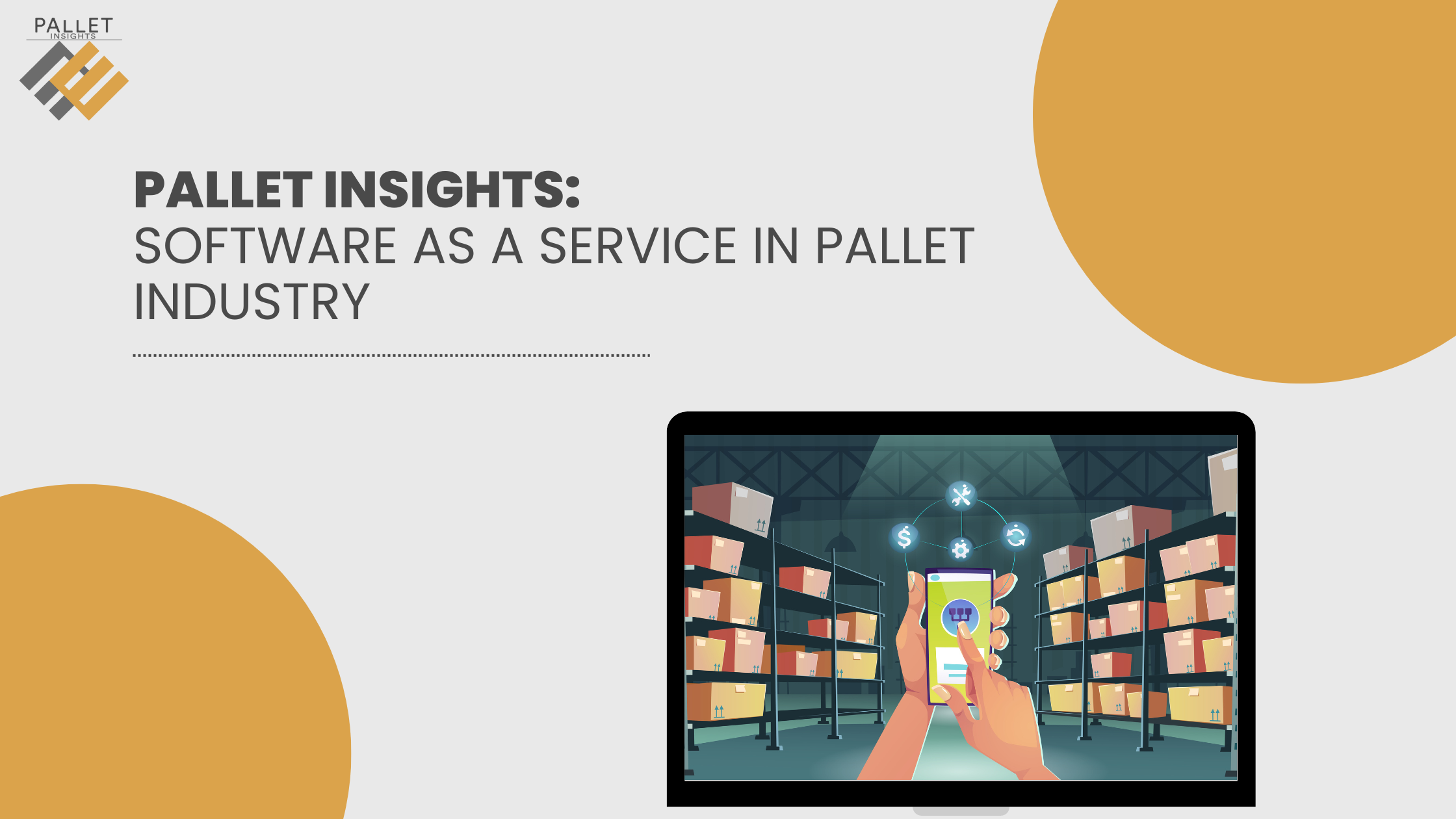Product •
25-05-2022• Helioz Technologies
Project Life Cycle and Journey

Every project passes through various phases, from the beginning to its closures. There is no specific number of phases in that cycle. Still, to ensure successful project closures, the cycle must be adequately planned, and all its potential failures must be predicted even before the project starts. That is why project management and project organization are essential elements in the project journey.
How we do it in Helioz?
Well, we start with a cup of coffee. Or few of them. And a looong constructive internal meeting. This is when we list actions necessary to successfully fulfill all of the project’s goals and demands. Whether it is an internal project or the implementation of our solution into other companies' businesses, both solutions' approaches are the same. While that being said, the Helioz team strives to ensure the best project experience.
During the initiation phase, the first phase of the project cycle, the value of the project and the reason for starting with it must be defined. It is important to create a project initiation document that defines the project's purpose and requirements, including business needs, stakeholders, and the business case. This helps our project managers to choose the right project direction out of many that appear while preparing a project.
A project planning phase is one of the most important phases because, in this phase, we determine if a project is on track by identifying its costs, timetable, quality, and available resources. The more detailed our plan is, the chances of its successful closures are higher. At this time, roles and responsibilities are clearly defined, and everyone involved knows what they are liable for.
When all deliverables are completed and a kick-off meeting is set, the project execution phase starts. In Helioz, we like to say that many things are happening in this phase; resources are assigned, the team developed, task assignments executed, and the project schedule and plan are modified.
Even though it is a separate phase in the project's lifecycle, the monitoring and control phase occurs at the same time as the previous one. It is all about measuring project performance and progress and, most important, ensuring that all activities meet the project plan. The project manager will determine if the project is on track or needs to be reevaluated and replanned. During this time, schedule and resources adjustments are likely to happen, but all for the purpose of projects better flow.
When the service/product is delivered, and all tasks are completed, the project completion or closure phase starts. It is characterized by evaluating the project process and identifying project failures. But even the product is delivered, there are still some tasks for the project manager to complete. Most important, he collects all project documents, stores them in a single place, and prepares a final project report. The project manager usually organizes a meeting to thank all team members for their effort and to highlight things that were more or less accomplished during all project phases. This is also a chance for recognizing valuable team members.
When moving through the stages of the project life cycle, the [Helioz](https://www.helioztechnologies.com/) team focuses on healthy communication between the team members and the customer. We find it an essential part of the process that will lead us to the successful project closures and ensure a positive customer experience.
In the end, the final result has to be satisfying for both parties. And it is. You can check some of our solutions implemented:
● Thern
● Display Technologies
● Advanced Machine Guarding Solutions
Our latest blog posts
Subscribe to Helioz Blog
Get the latest posts in your email.
© 2021 Helioz Technologies









